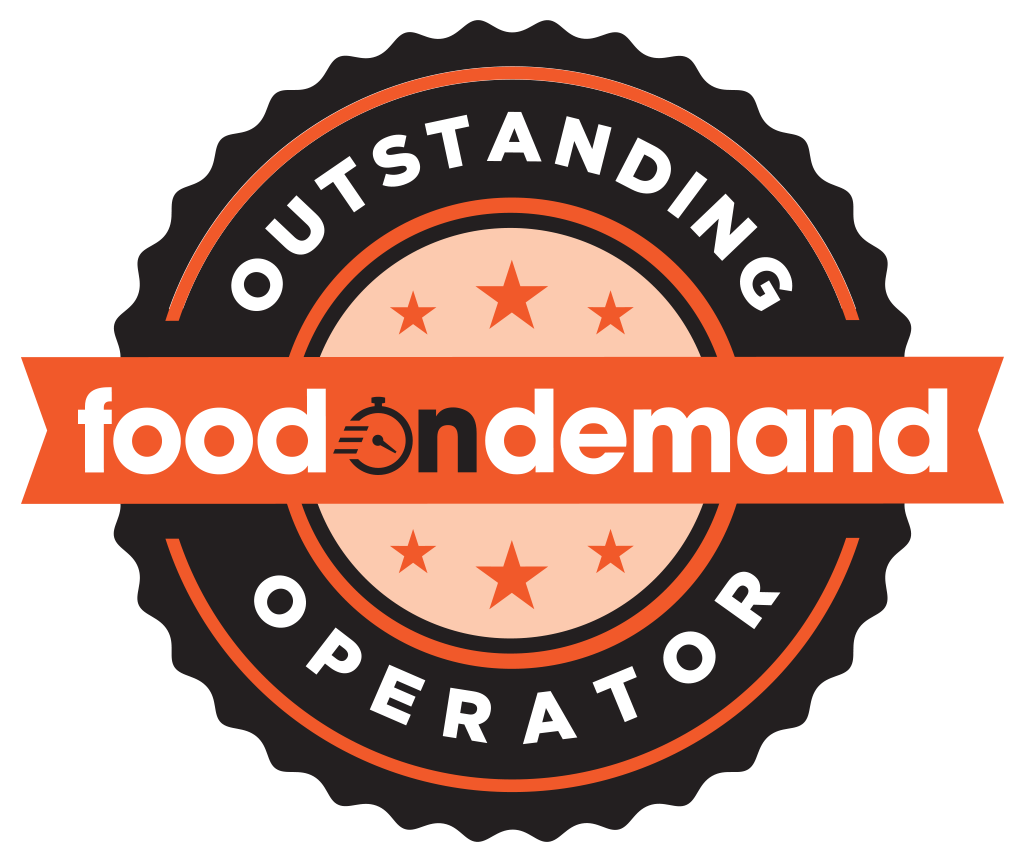What inning is this? That was the question brought up during a panel discussion at the fourth-annual Cowen Consumer Conference.
It’s a good question, the opportunities are clear, the challenges are clear but how exactly this adoption trend fits with the overall restaurant landscape is a bit tricky. While there are thousands of restaurants already using some kind of digital delivery, the majority are not.
It’s not just laggards that are sitting by and seeing how delivery pans out. The adoption rate is slowed by many factors, but the two key things are the expansion of delivery infrastructure and the addition of digital infrastructure. First of all, the Grubhubs, DoorDashes and Delivery.coms of the world aren’t everywhere. DoorDash for one is pushing to get into smaller markets, but that will take time. The second factor is the uneven adoption of digital infrastructure in general. Third-party delivery thrives among digital natives, and without speaking their language it can be a rough go.
For Nick Kenner, the founder and CEO of 33-unit Just Salad, the game is already going strong.
“I’ll say I think we are in the third inning,” said Kenner during the panel.
For him, the biggest driver is overall digital adoption because the same user that gets delivery is also using their phone to plug into the brand for in-store use.
“Basically, 45 percent of Just Salad sales are digital. So the pickup and delivery represents 20 to 25%, so 20% are ordering and paying through the app,” said Kenner.
He said he sees digital sales growing to the 80% range in five years, with a similar split between on and off-premise delivery.
Those digital consumers are already plugged into the brand and they can choose either convenience or value whenever the mood suits them.
The big number floated by Cowen and other analysts is 25 percent of the industry will one day be digital delivery, but as seen in every other industry, digital is an enabler of all sales.
Kenner said that in a few years, credit cards and cash will be the minority of purchases.
“I think that it will be very rare that people just walk into a restaurant and pay by credit card. I think they’ll have places they go to and they’ll be rewarded through that app otherwise they’ll do pickup or delivery,” said Kenner.
But it’s not just a matter of enabling app payment, as more and more interactions come through the smartphone, digital needs to be growing in parallel. Kenner said Just Salad spends $500,000 on guest relations alone dealing with most issues. That’s coming down as more interactions move to efficient chat-based customer portals, but is part of the hidden costs of doing digital delivery.
Very large restaurant brands tend to do it themselves, embracing the digital because they can justify the expense of an in-house digital team department, but for smaller brands, it’s a big decision.
“The middle tier of brands have to make a decision, it’s not just the tech layer which something like Olo is perfect for but once the order comes in and something goes sideways, who’s handling it? You are,” said Jed Kleckner, CEO of Delivery.com. “This is not the same as someone coming in and saying, ‘Hey the fries you just gave me are cold can I get another batch, it’s someone that is speaking to you digitally.”
Small brands, Kleckner said, just don’t have the budget for a robust, digital support structure. That’s why so many small brands look to marketplaces like his to help out even if it means lower margins on food. That’s one big reason Just Salad does all the tech work in-house, to keep them engaged with the brand directly and delivery secondarily.
Those transactional aspects of food delivery are just part of it, digital marketing is another space where the restaurant industry lags behind other industries.
“They don’t know how to do digital customer acquisition at all,” said Olo CEO Noah Glass. “The marketing teams know how to do local store marketing area marketing maybe mass media, but it feels like digital is an area where they don’t have expertise. It’s like the restaurant brands are bringing a knife to a gunfight.”
Because the third-party marketplaces only play referee between the customer and the restaurant, as Kleckner describes, they can spend a lot more money on marketing. And these firms know digital marketing well and are based in markets where there is incredible digital marketing talent.


